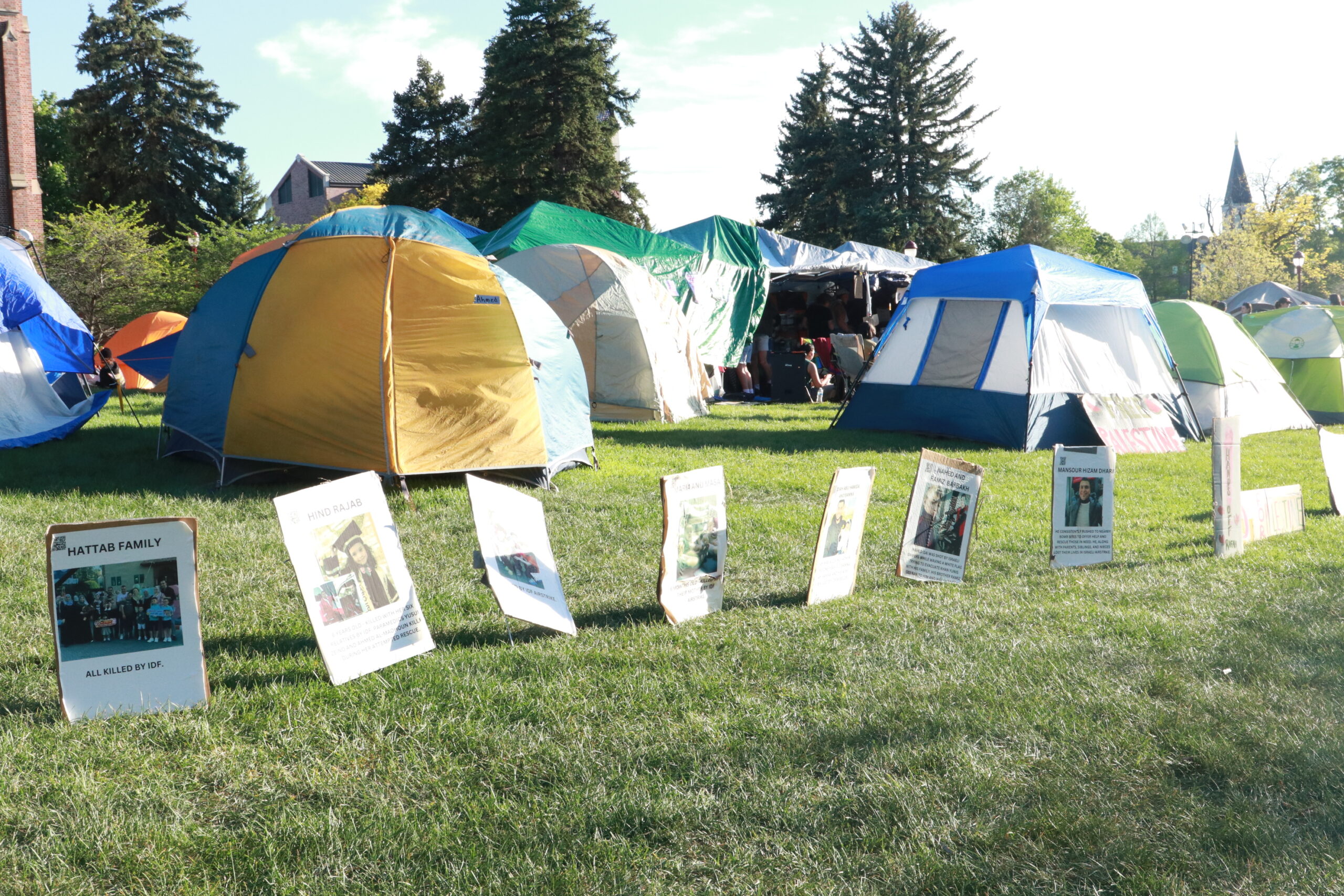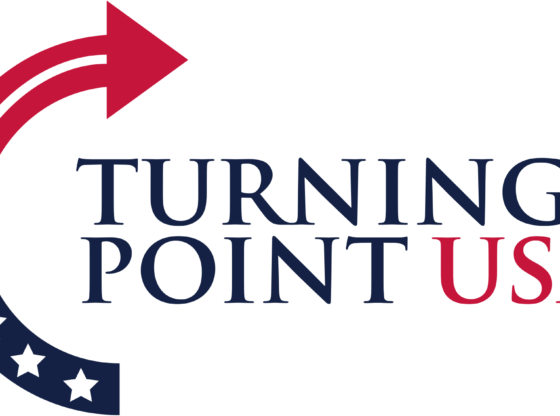 Photo by: David Lorish
Photo by: David Lorish
College is filled with pressure, and students are increasingly turning to prescription drugs to alleviate it.
When faced with 20-page papers, assignments, exams and as these responsibilities pile up, especially during midterms and finals, college students seek relief, often in pills they get either at the pharmacy or from friends.
Nonmedical use of prescription drugs is present on campuses and is growing.
According to SAMHSA, the Substance Abuse and Mental Health Services Administration, nonmedical use of prescription drugs is the second most common form of illicit drug use in the U.S. after marijuana.
Adderall, a stimulant, helps the user be more focused and concentrate more easily and is commonly prescribed for people with ADD (attention-deficit disorder) or ADHD (attention-deficit hyperactivity disorder). However, it is also becoming more popular among those without a prescribed need.
“A lot of students who are not prescribed stimulants seem to use them to study or take tests in order to get an ‘edge,’ said Jacaranda Palmateer, a staff psychologist in the Health and Counseling Center.
The drug is readily available through people who already have a prescription.
Palmateer said she hears from students that stimulants are “readily available in the dorms, for a price.”
“It is about availability and the utility of them,” she said.
One female senior, who takes Adderall for ADD, said she will give pills to her close friends but she won’t sell them.
“I just give it to my very close friends who need it in tough situations, as in finals week, midterms, the big stuff,” she said. She agreed to be interviewed on condition of anonymity. “I hate doing it, but, I mean, it’s not going to kill you…It’s just going to help you get your work done.”
She said she gives approximately five pills away each quarter and only to people she knows will be using it for academic reasons.
“I would never give it to anyone who was going to abuse it in a social situation,” she said.
Another female senior takes Adderall even though she isn’t prescribed the drug. She said she takes it about once a month during the school year to help her study when she has a difficult workload.
“It just makes me feel really focused and makes me almost want to get my homework done rather than normally I have to force myself to,” she said, asking to remain anonymous.
She started taking the drug during her freshman year of college when someone offered it to her, telling her it would help her study. She doesn’t think she’ll keep taking it after graduation, though.
Women are more likely to experiment with NONMEDICAL use of drugs, such as Adderall, because they are also appetite suppressants, said Peter Adler, professor of sociology and criminology.
“They can get high without the calories,” he said.
Other prescription drugs that are commonly misused are for recreational reasons. Those include pain pills, such as Vicodin and OxyContin.
“These drugs are much more available and easier to find than are purely illicit drugs that are only sold on the black market,” Adler said.
One major danger of using pain killers for recreational purposes is that people combine it with another substance.
“It’s usually done as a poly-drug, so it’s done in concert with alcohol or marijuana or other drugs of that sort,” Adler said.
While many say it’s not dangerous because it’s a prescription, a drug that’s been approved by the Food and Drug Administration, the nonmedical use of prescription drugs can be harmful.
“That argument is partially correct in that presumably all of these drugs go through FDA approval and what you’re taking is what you’re expecting,” said Adler. “On the other hand, they’re prescribed for particular medical problems. Everybody’s body chemistry is different, how much they can handle is different, the interaction of the drug with their body chemistry is different.”
Palmateer agrees.
“Anytime you take a drug that you are not prescribed there is risk, because depending on someone’s medical history a medication, even if it is prescription, could cause a side effect or interaction that could be life threatening,” she said.
But many students see it a bit differently.
The female senior who takes non-prescribed Adderall said she knows a lot of people who use painkillers recreationally, but she’s never had a desire to.
“I know people that when they have a cold they’ll take them to help with the pain and to help them get through their day,” she said.
A male junior, who asked to remain anonymous, said he takes non-prescribed painkillers maybe once a month. But he never combines them with alcohol.
“It’s a fun alternative,” he said. “It’s like a buzz.”
He typically takes leftover pills from previous prescriptions that he received, such as Percocet from when he had his wisdom teeth removed. He never buys the drug from anyone, though.
And he doesn’t feel unsafe doing it. Having been on numerous prescriptions throughout his life, he said he knows “really well” how his body reacts to pills.
The rise in nonmedical use of prescription drugs is not just among college age people, but among those ages 12 and up.
“I think that college is a time where you’re more likely to do it in social setting and doing it with other people who are doing it rather than doing it alone,” Adler said. “[But, it’s] certainly something that’s not just intrinsic among a college age population.”











